Support strong Canadian climate journalism for 2025
The front door of the Gervais farmhouse is little more than a stone’s throw to some of the tens of thousands of batteries, pump jacks and flare stacks that burn off the gaseous residues of the province’s oil boom.
Louis Gervais has lived here his whole life and, with his wife, Lucille, and their children, has farmed the surrounding acres. They have earned part of their livelihood from the 17 oil wells and tanks that started appearing on their land — as close as 200 metres from the family home — when 67-year-old Louis was only five.
His parents, like many Saskatchewan farmers, bought in to the promise of oil. And it paid off, helping to amass a sprawling property with its two homes and a vast collection of antique cars.
When journalists first travelled to the Gervais farm last year, Louis dismissed concerns about the health impacts from the nearby oil facilities, saying he was reassured by the province’s oversight of the industry.
“Nothing has ever happened here yet, so that’s why we’re not worried,” he said then.
But the Gervais’s sense of reassurance about living beneath the trailing black clouds rising from nearby flares has changed in recent months.
Provincial incident reports and new “off the chart” air quality indicators reveal public health concerns reaching across southeastern Saskatchewan that have gone unpublicized, and unpunished, for years. The air quality readings were gathered by researchers from Northeastern and Harvard universities, who are working with a national collaboration of journalists from Global News, the Toronto Star, National Observer, the University of Regina and the Institute for Investigative Journalism at Concordia University.
Provincial air quality standards have been breached hundreds of times since 2014, but those living nearby — including the Gervais family — were not warned and oil companies responsible for some of the emissions have faced no charges or fines.
“The companies should be able to clean their mess,” Gervais said in a recent interview. “And when there’s a disaster or a leak of something ... the people should know. Especially in the area where you’re living ... I’d like to see public notice and I think they should get tougher with fines so that these companies are forced to clean up their act.”
Saskatchewan, Canada’s second largest oil-producing province, has not levied a single fine, the investigation — called the Price of Oil — has found. And only once in the past three years have government workers shut down a well because of potentially deadly hydrogen sulphide (H2S) emissions.
'Concerning level of corrosion on your property'
H2S gas is a colourless, poisonous gas recognized by its rotten egg smell that is commonly found during the drilling and production of crude oil and natural gas. Inhaling H2S can be deadly at high levels, and chronic exposure to low levels can trigger irritation of the eyes, nose and throat, as well as central nervous system disorders resulting in fatigue, irritability, impaired memory, altered moods, headaches and dizziness.
“We identified a concerning level of corrosion on your property,” reads the air quality report on the Gervais farm authored by Northeastern and Harvard researchers. “We detected the highest levels of corrosion on your front porch and close to the oil well and tank battery ... If this level of harsh to severe corrosion is consistent on your property, we would expect you to be seeing problems with electrical and metal equipment outside due to corrosive attack.”
The report recommends further testing to assess whether the cause could be H2S or sulphur dioxide — a gas that can form from the burning of H2S and can cause eye, nose and throat irritation, as well as increased risks of asthma and difficulty breathing.
Gervais says he is now worried for his health and the health of his family.
“I kept saying to myself, ‘It's not going to happen, it’s not going to happen,’ but I don't know ... I used to be able to jump fences. I can’t do that anymore ... It’s got to be the toxic in the gas because we're close and it’s got to be that ... I have that feeling.
“The big companies, they keep hiding it,” he said. “I don’t think they care about that damage. I think they just care about the little money they are getting from this ... As far as the ministry, never heard anything from them. No letters, no nothing.”
“If you’re an inspector who issues a fine, you don’t keep working there,” said a former ministry staffer, talking on condition of anonymity for fear that speaking out could impact his career. “And there simply aren’t the resources to issue fines … There are so few inspectors left.”
In a written statement, the province said it works with operators to correct issues and, “there has been no requirement to pursue prosecution for breaches since operators readily comply with any deficiency notices.”
The provincial government says the health and safety of Saskatchewan citizens is its “number one priority,”and has repeatedly denied any health risks associated with oil industry emissions.
The province says it has strengthened oversight by increasing inspections of wells and facilities and the number of field inspectors in the southeast and installing “highly sensitive” gas measurement devices.
“The government of Saskatchewan has seen a marked improvement in air quality in terms of H2S levels,” reads the statement from provincial spokesperson James Parker.
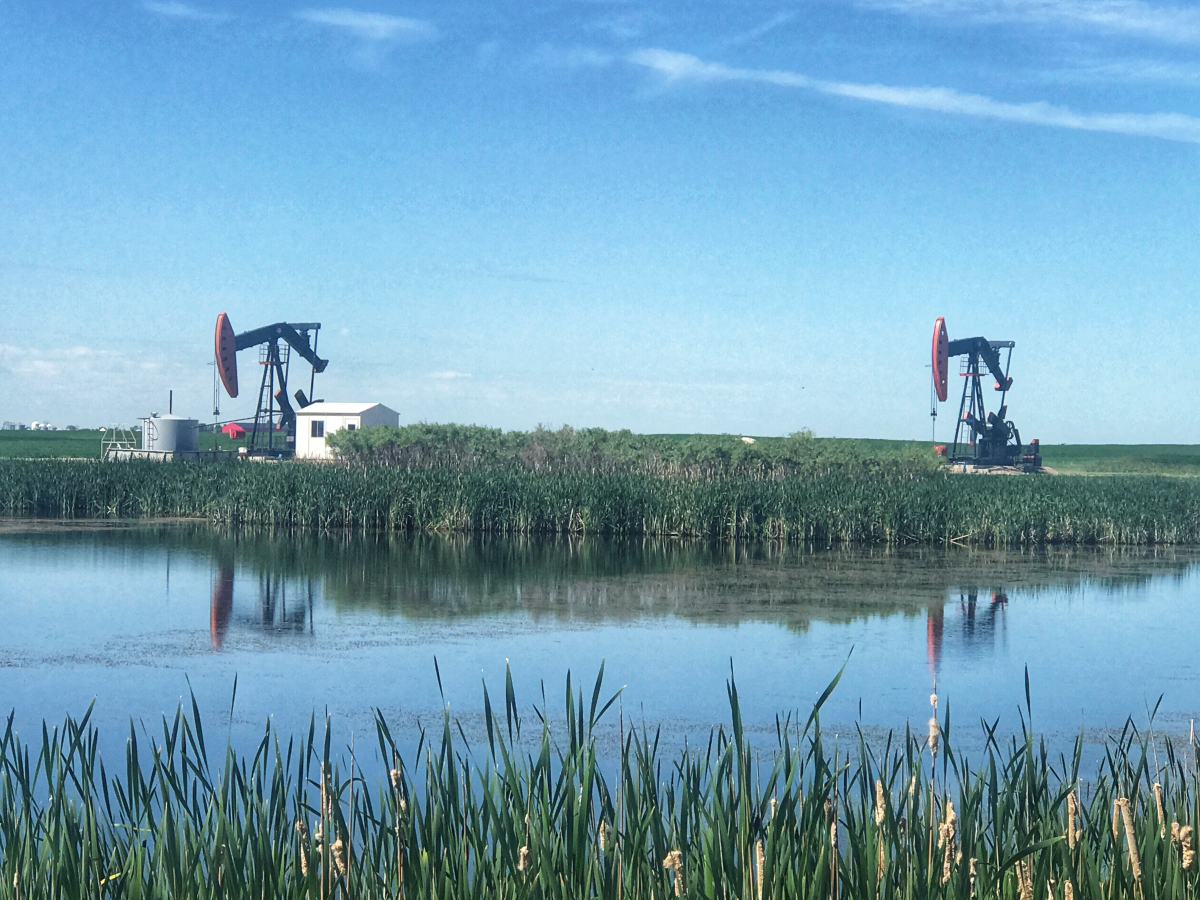
They say they were never told
At the entrance to the Gervais farm, a sign warns against driving up to the house if a siren is sounding. To the left is a cluster of large tanks with a flare stack burning off H2S and other gases. Just up a gravel driveway to the right sits the Gervais farmhouse — one of the homes that sits closest to an active oil production facility in southern Saskatchewan.
Government incident reports show there have been at least two H2S incidents at the facility a couple of hundred metres from the Gervais farmhouse in the past three years.
The Gervaises say they were never told.
On Jan. 7, 2015, a plant employee noticed that H2S was escaping from a cracked valve at the facility, then owned by the now defunct Spartan Energy, according to a company incident report. A description filed with the Ministry of Energy and Resources notes a contractor was “knocked down” by emissions from the leaking valve.
“I grab him and drag him (about 2.5 metres) towards fence away from valve and sit him up,” a worker wrote. “He is not coherent for 15-20 (seconds).”
The overcome worker was taken to hospital and later released.
The potential consequence is listed as “major” — the most serious of three categories. Yet the government’s report on the incident concludes, “This incident was assessed and processed without a field inspection.”
A former government employee, who reviewed the report on condition of anonymity, said, “It would have been reasonable, prudent and precautionary to assume that public safety could be jeopardized ... thereby triggering a community notification and other protection measures.”
Another H2S incident at the site in 2017 set off alarms.
“Attended to H2S alarm at 3:30 a.m. to discover water spraying out of the discharge line to the disposal well,” reads the report. The clean up took 10 hours, the report says.
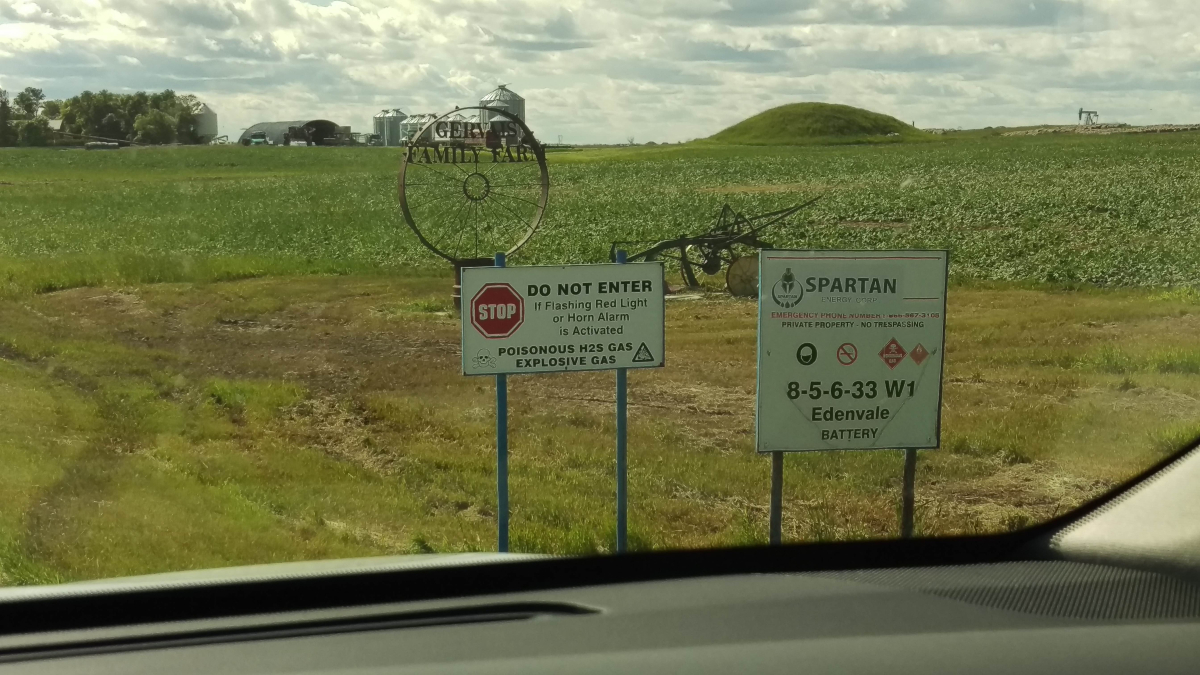
Saskatchewan says companies responsible for assessing hazards and alerting public
The province says oil companies are responsible for assessing hazards and alerting nearby residents of emergency situations.
“In this case, the release occurred and the company established containment immediately. The issue was resolved and the operation was allowed to continue.”
Vermilion Energy, which acquired Spartan Energy in May, said the company cannot comment on the incidents that predate its ownership of the facility. Vermilion “takes any gas or liquid release very seriously” and has procedures for informing the public and evacuating residents in emergencies, a statement from Vermilion spokesperson Kyle Preston reads.
Saskatchewan does not make note of whether the public was notified of a hazard or if any evacuation was necessary. This differs from Alberta, where the government records if members of the public were notified of a potential hazard or evacuated during an incident. Since 2013, there have been 58 notifications of a hazard and three evacuations.
There is no clear public reporting of H2S incidents in Saskatchewan.
“Although it is not possible for the public to readily identify which incidents in the public report were related to H2S, this inquiry (from the Price of Oil investigation) has brought the information ... error to the Ministry’s attention and it will be addressed,” the statement reads.
The absence of open, transparent government data is one reason why researcher Sara Wylie and her colleagues at Harvard and Northeastern began air testing in Saskatchewan in 2017.
In June, Wylie came to the area to follow up on preliminary results.
The researchers placed inexpensive plastic canisters containing photographic paper that corrodes and darkens with exposure to gases — a kind of do-it-yourself “citizen science” for residents who wondered if symptoms such as dizziness, nausea, headaches and exhaustion could be tied to toxins in the air from the oil wells and tanks dotting the province’s fields, pastures and grasslands.
After leaving the paper exposed for seven days, residents send the canisters to Wylie for analysis.
“In some of their samples, they had measures of corrosion that were off our chart, that we hadn’t seen before,” Wylie said.
The highest of those were at the Gervais farm.
In some areas of the farm, corrosion levels were “well above” those found in a sewage treatment plant that researchers measured as a point of comparison. In sewage plants, where hydrogen sulphide is common, workers wear air monitors.
The testing method isn’t precise enough to determine the specific substance causing corrosion. But provincial data mirrors concerns about elevated emission levels in the area.
The provincial air monitoring station closest to the Gervais farm — located in the village of Wauchope— exceeded the one-hour H2S limit 48 times in August of last year — the worst month of 2017. In the same month this year, exceedances were measured 24 times.
Gervais was never told. Eight residents of Wauchope interviewed in June, all said they had never been told of elevated H2S readings.
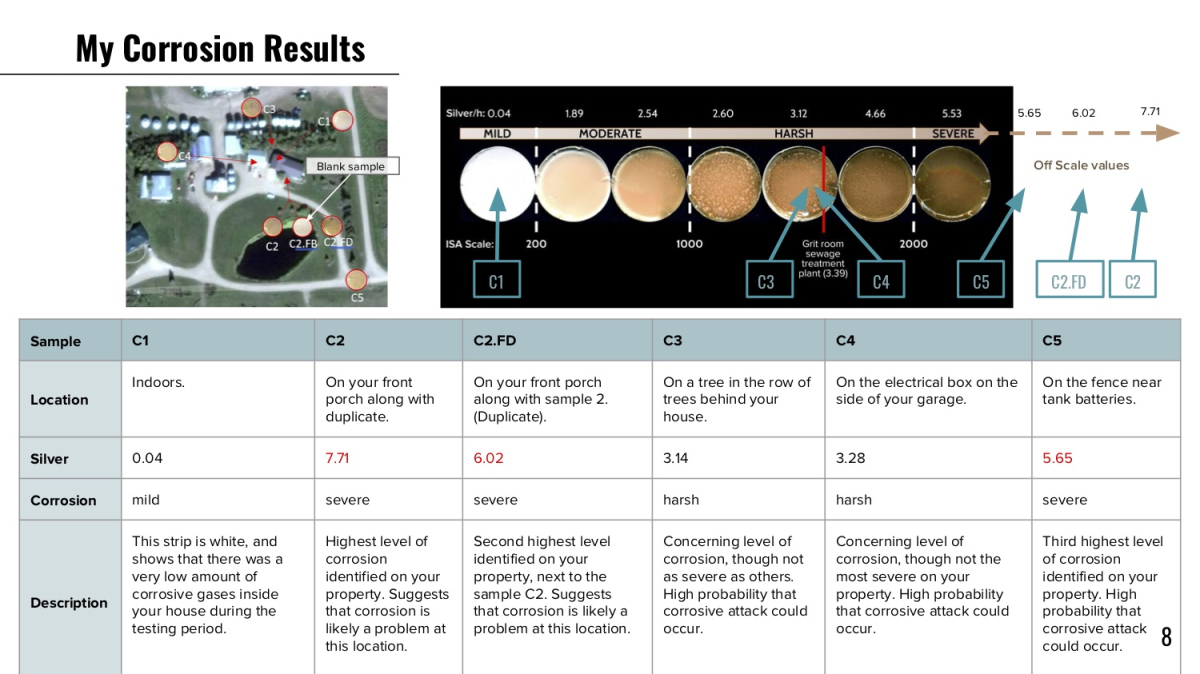
Repeated spikes are well known to government, says insider
Repeated H2S spikes logged in Wauchopeare well known to ministry of energy and resources staff, said a former staffer who spoke on condition of anonymity.
“There has been regular exceedances in that area [around the Wauchope air monitor] for a very long time,” the former staffer said. “The ministry has it right there in the data. They know the exact facilities that are causing it. It’s no secret.”
In addition to emissions of H2S from oil wells and tanks, the former employee expressed concerns about the impact on public health of benzene, another substance leaked from oil and gas facilities which, research shows, can lead to cancer and other health problems.
In February 2014, the province’s Emergency Management and Fire Services branch and the Ministry of Environment both flagged “a significant risk and potential threat to the public” from H2S in the southeast.
They called on the province’s oil regulators to inform residents at town hall meetings. That never happened.
In its recent statement, the province said the meetings were not required because “the risk was managed through increased enforcement action against non-complaint operators.”
A provincial investigation into air quality exceedances in Wauchope last year turned up leaks at facilities, including one that failed four inspections over 13 months due to H2S leaks. The province did not issue public warnings or enforcement actions against any operators.
“Public notices to residents were not required since the exceedances did not pose a risk to public health and safety,” the provincial statement reads. “It was also not necessary to issue a shutdown order since the issues were resolved by the operator without the need for further regulatory action.”
There are more red flags across southeastern Saskatchewan, known to government but not to residents.
At the farm outside Glen Ewen where Lori Erhardt lives, Wylie sat at the kitchen table explaining the results to the United Church minister in June.
Erhardt has had health problems, including asthma and complete voice loss at times, since she moved to this area in 2006.
“My body had already told me that there are challenges,” she said. “It’s not a surprise ... It’s disconcerting, but at least now that that is there, and there's some proof that there's something in the air.”
The province has also been aware of issues in the Glen Ewen area since at least July and August 2014, during which there were 108 one-hour air quality violations and 19 days in which 24-hour violations were measured, according to a 2014 internal memo obtained through a freedom of information request.
The highest of those H2S exceedances was 102 parts per billion (ppb) on Aug. 11, 2014 — well beyond Saskatchewan’s H2S one-hour standard of 11 ppb.
“The long-term risk to exposure is currently unknown and may pose future health risks as a result of being exposed to chemicals in the atmosphere,” the internal memo reads. “There are incidents of hospitalization due to exposure of higher doses of hydrogen sulphide from residents close to sources.”
It promises action to “reduce the emissions in this region and therefore, the exposure to residents in the region.”
But in June 2017, air monitoring equipment at the Glen Ewen station measured 11 one-hour exceedances during its worst week.
The province says that it investigated and staff worked with operators to “eliminate potential causes” and that“this eventually resolved the matter.”
Erhardt remains concerned.
“What if these were your readings?” she said. “I hope that these readings won't discourage my grandchildren from visiting.”
With research by:
Celine Grimard, University of Regina
Matthew Gilmour and Kelsey Litwin, Concordia University
Morgan Bocknek, Ryerson University
With files from University of Regina: Jennifer Ackerman, Madina Azizi, Janelle Blakley, Cory Coleman, Josh Diaz, Brenna Engel, Jared Gottselig, Trevor Grant, Rebbeca Marroquin, Katie Doke Sawatzky, Michaela Solomon, Kyrsten Stringer, Caitlin Taylor
Institutional credits:
University of British Columbia, Graduate School of Journalism
Michener Foundation
University of Regina, School of Journalism and Office of the Vice-President Research
This series was produced with the support of the Corporate Mapping Project, a research and public engagement initiative investigating the power of the fossil fuel industry. The CMP is jointly led by the University of Victoria, Canadian Centre for Policy Alternatives and the Parkland Institute. This research was supported by the Social Science and Humanities Research Council of Canada.

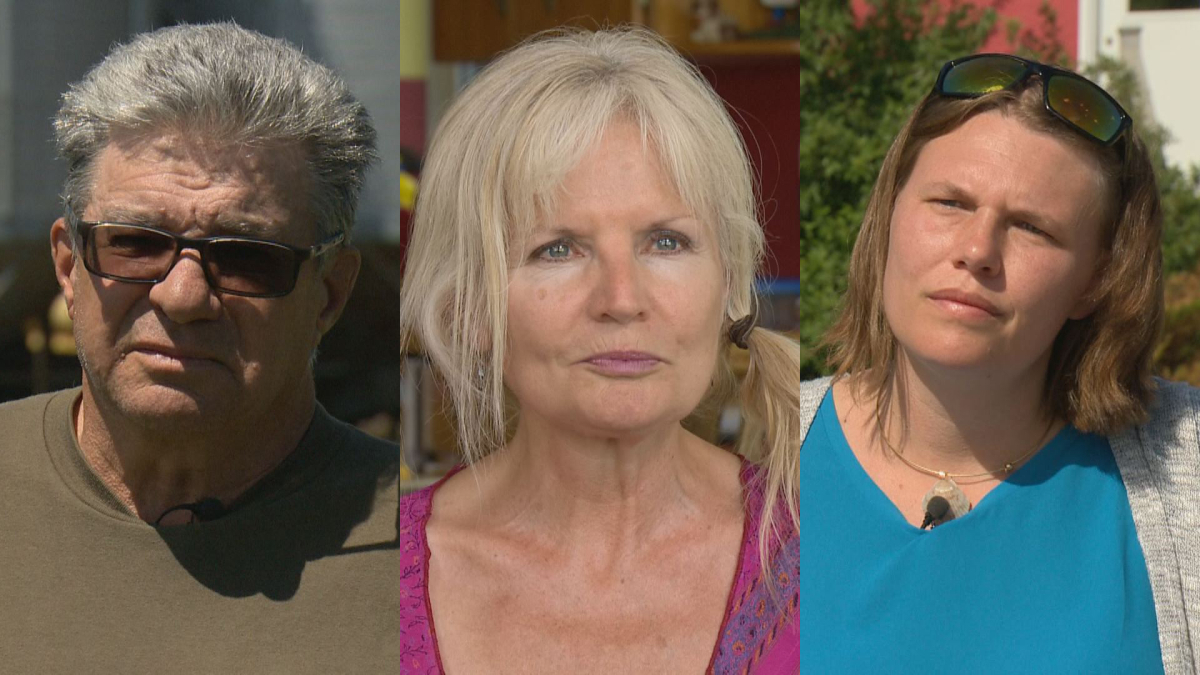





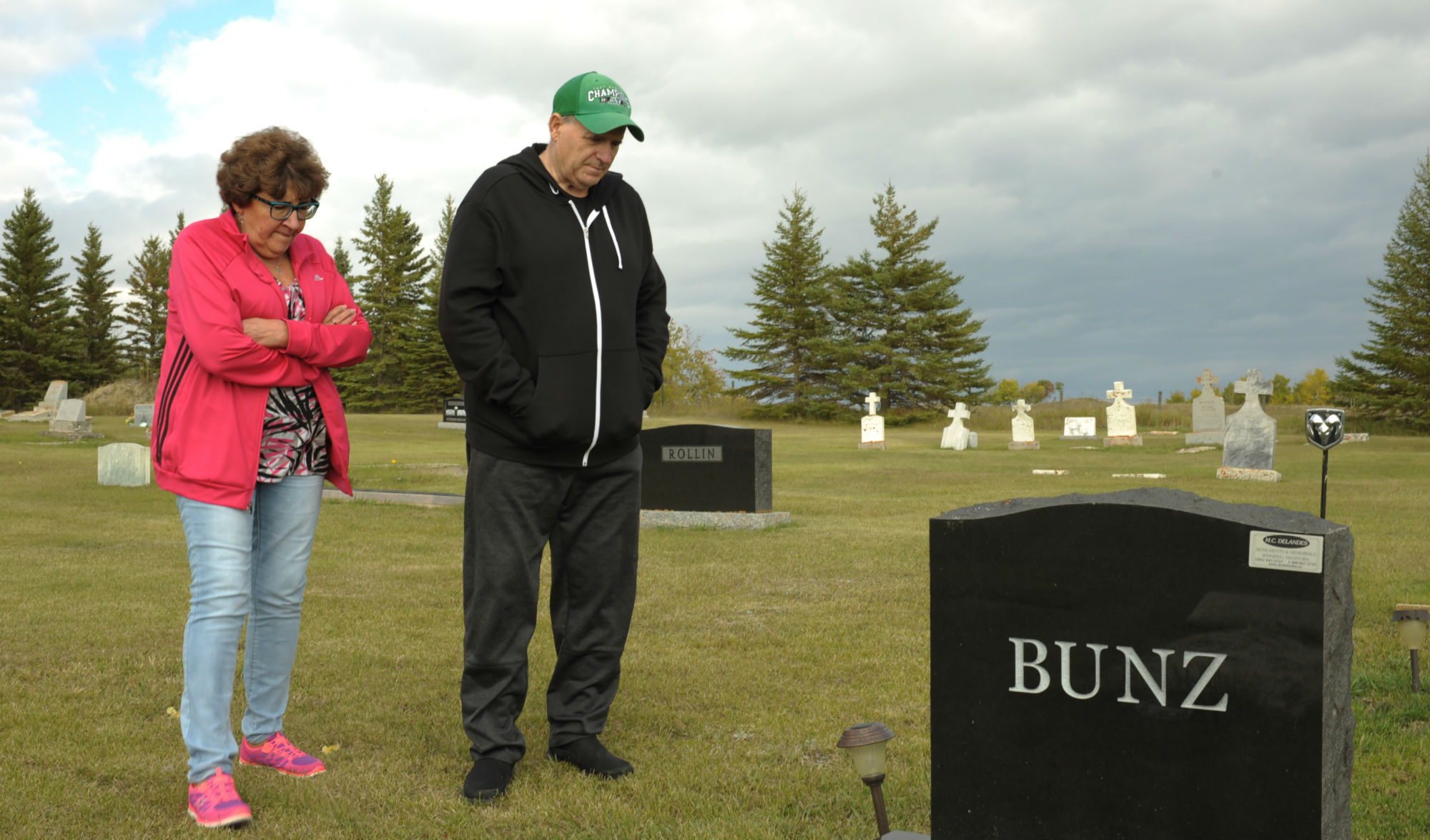
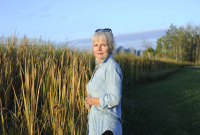

Comments
Well, it's no wonder Saskatchwan is furiously fighting yjr carbon tax program. Sounds like they and their petro polluters are desperate to keep their manifold sins of commission and omission hidden, Too bad, the cat's out of the bag. The "poor" saps with oil/gas extraction on their property can no longer turn blinded eyes to the poisons spewing from "their" wells. Sask. Premier Brad "Wells" may now just have to do something about the mess - you think?
Oil companies routinely fail to maintain and replace faulty equipment - clearly determined to suck every last bit of fossil fuel from their aging infrastructure - before abandoning their "no longer productive" wells without any attempt at proper closure and clean up. Is it an exaggeration to call these people petro pirates?
Seems to me I remember a rancher who was accused of sabotaging wells and his respose was to point to the deadly emissions that were affecting his family and livestock. His noisy complaints were smothered - but the wells continued pumping.
Ahhhh Saskatchewan. Canada's Kansas. Run by hucksters and fools elected by the proudly ignorant. So glad I got out when I did.
Sadly, some of us are still here, trying to make the best of a difficult situation.
“God will bring to ruin those ruining the earth.”—REVELATION 11:18.
It's too bad this is a fairy tale.
If you think that is a "fairy tale," you may be part of the problem.